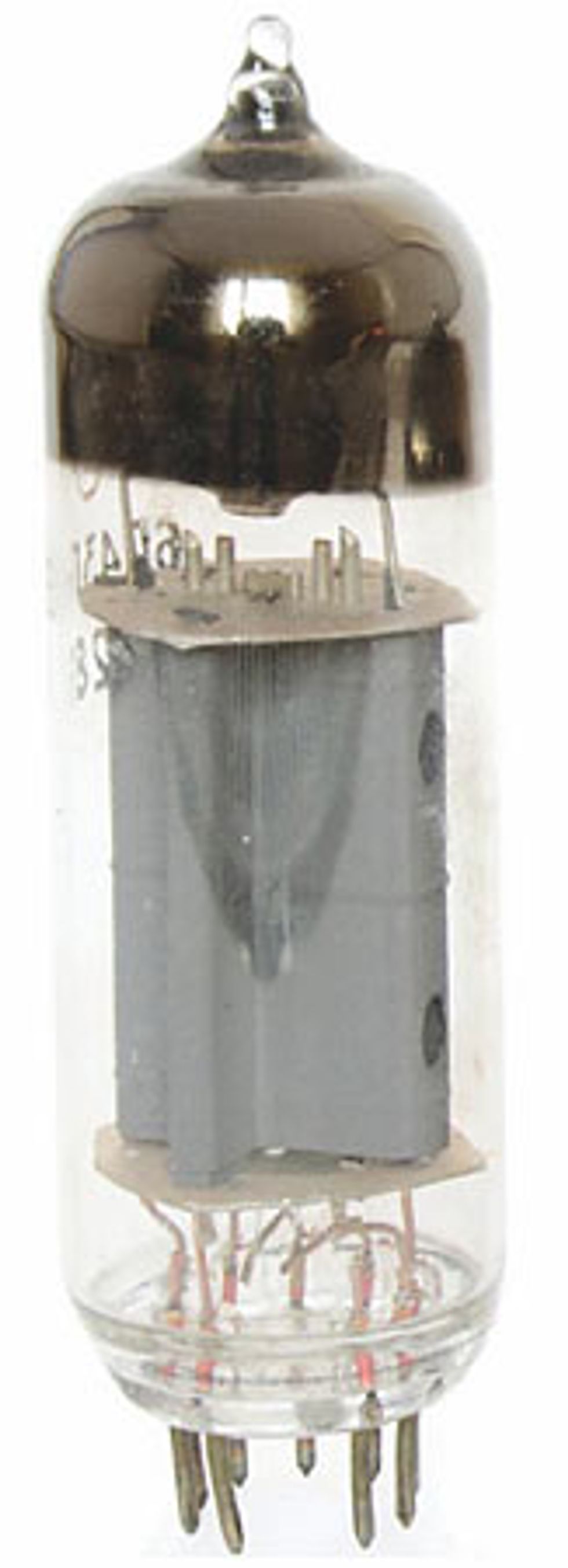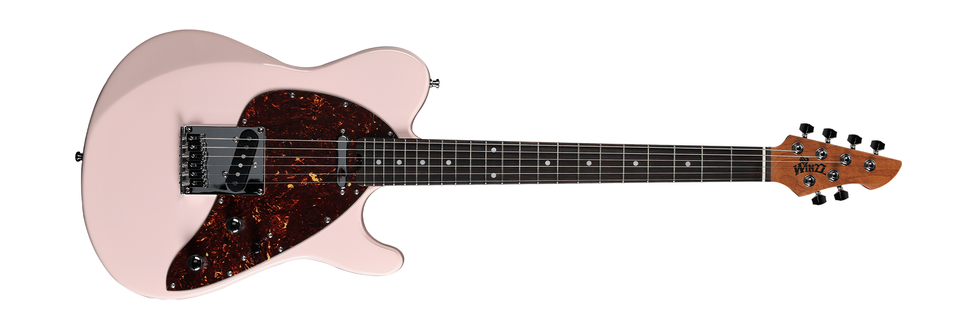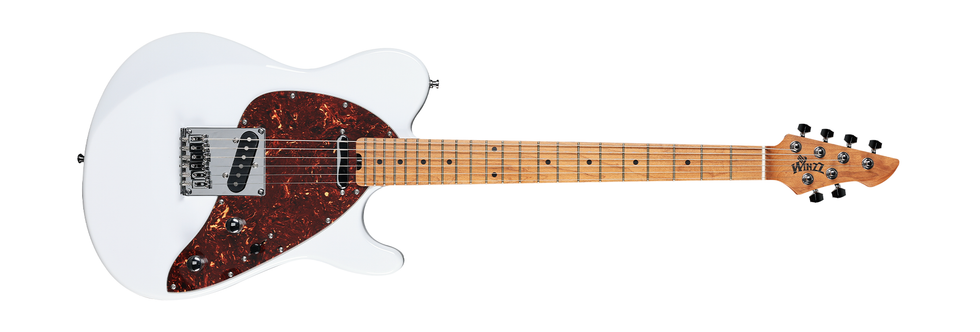 Just like your car will eventually sputter to a halt and die if you never change the oil, your amp will eventually develop problems if you neglect to devote some time to maintenance. It’s a lot better to “change the oil” in your equipment during those rare pockets of downtime than it is to be standing in front of an audience with a dead amp. Let’s take a look at a few things you can do to tune-up your gear.
Just like your car will eventually sputter to a halt and die if you never change the oil, your amp will eventually develop problems if you neglect to devote some time to maintenance. It’s a lot better to “change the oil” in your equipment during those rare pockets of downtime than it is to be standing in front of an audience with a dead amp. Let’s take a look at a few things you can do to tune-up your gear. Tubes
This one almost goes without saying, but it’s surprising how many people fail to remember it: the best time to get fresh, good sounding tubes is before you need them. If there is a spare set of tubes that you’ve already tested in your amp and know work fine, you can simply replace a dead one, even on stage or between sets. As an added bonus, you’ll pay less for your tubes this way, because you’ll have time to hunt for good deals.
Fuses
Fuses can wear out. Heat from current pulses causes the element to flex slightly, eventually developing thin spots and breaking. How soon this will happen depends on how close to the normal blowing current it carries. It could be months or it could be centuries. Rather than take a chance, it makes sense to put in a new one every few years. You can keep the old one for a known-good spare, or better yet, get a fresh box of five to keep in your gig bag.
Socket Contacts
Your tube sockets get hot. Over time, a layer of corrosion will eventually develop on the contacts. Bad contacts make for erratic sound – strange crackling noises and dropouts. The fix is to clean the tube socket contacts and tube pins.
Cleaning your tube pins is simple enough; rub a Scotch-Brite cleaning pad on the pins just enough to make them shiny again. Leave the tubes out of your amp for the socket cleaning steps. Cleaning your socket contacts will require a little more caution. I’ve spelled it out for you below, but if you can’t follow safety instructions, don’t try this – have your tech do it for you.
- Unplug your amp and leave it off and unplugged for a least one (1) hour.
- Use that hour to obtain electronic contact cleaner, pipe cleaners and wooden dowels, wooden or plastic chopsticks or bamboo barbecue skewers.
- Wind a pipe cleaner around one end of your wooden stick, leaving about 1” of the pipe cleaner extending from the end of the stick. Wind some tape over the pipe cleaner on the stick to hold it down firmly.
- Hold the wooden stick at least 1” from the pipe cleaner. Do not touch the pipe cleaner while you are scrubbing! This is important for your safety; if you can’t be sure you will not touch the pipe cleaner while doing this, get a tech to clean your sockets for you.
- Saturate the free length of the pipe cleaner with cleaning solution and stick it into the opening in the tube socket. Scrub the pipe cleaner in and out of the opening, cleaning the inside of the contact pin. Repeat this for every tube socket hole.
Loose Nuts
The sound from your amp can loosen any fastener over time. Spend some of your tune-up time inspecting your amp and tightening things back down. Amps can also sometimes develop a hum not related to the litany of normal hum-inducing causes, and in some cases can start picking up radio stations. When the bushings of the controls and jacks no longer make good contact with the chassis, hum and RF signals can creep in. So, if you’re not in the mood for NPR, tighten them up. Use a socket wrench to fit over the end of your jacks and tighten the nut on the jack firmly. Remove your amp’s knobs and do the same for the controls. Jacks with a plastic bushing do not cause hum if loose, but it still makes sense to make sure they’re tight enough not to rotate and break the attached wires. Don’t over-tighten; just make sure they’re nicely snug with the chassis.
Do the amplifier safety dance again by leaving it unplugged for an hour before opening the back up and retightening the nuts that secure your speakers. There is no need to crank the nuts until the speaker bends – just make sure they are tight. Do the same for the handle fixing bolts and nuts, and the screws that hold the chassis. For your own safety, avoid touching anything inside the electronics chassis.
In the process of your tune-up, you may find things that really need looked at by a tech. Make a list and haul it down to the shop. Just like tubes, the best time to have an amp in with the doctor is when its not sick!
R.G. Keen
Cheif Engineer
Visual Sound
www.visualsound.net












![Rig Rundown: Russian Circles’ Mike Sullivan [2025]](https://www.premierguitar.com/media-library/youtube.jpg?id=62303631&width=1245&height=700&quality=70&coordinates=0%2C0%2C0%2C0)








